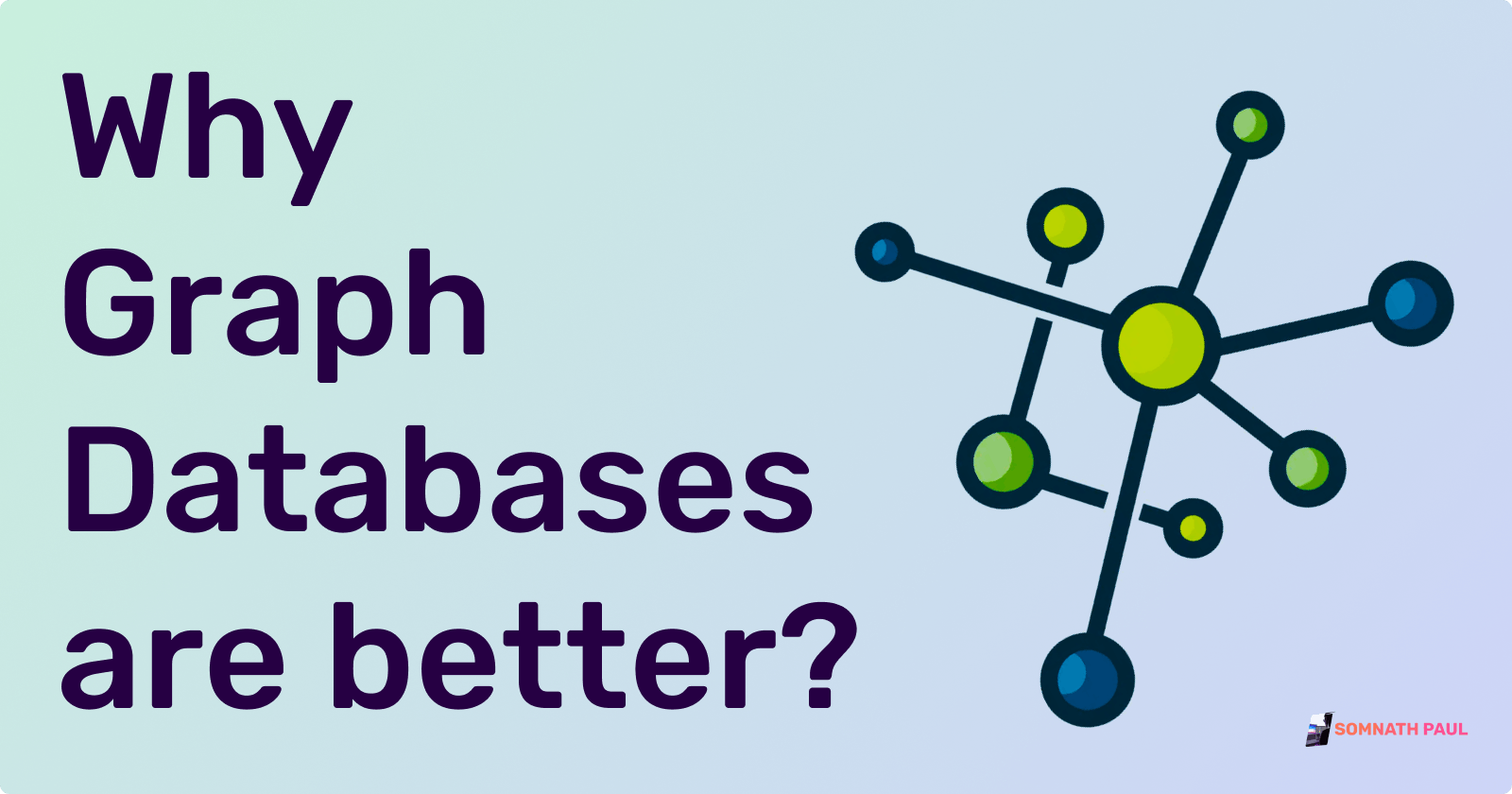Graph Databases: The Cooler Cousin of Traditional Databases for Recommendations
Imagine you're lost in a giant maze. Trying to find your way out with just a list of directions won't work, right? You need a map that shows how everything connects, where the twists and turns are, and maybe even some hidden shortcuts.
That's where graph databases come in. They're like the cool cousins of traditional relational databases (RDBMS), the kind you might have heard of before. But instead of storing data in neat rows and columns, they focus on the relationships between things.
Think of it like this:
RDBMS: Like a phone book, listing names and numbers separately.
Graph database: Like a social media network, where people (data points) are connected by likes, follows, and messages.
So, why are graph databases better for recommendation systems, like suggesting movies or products you might like? Here are three main reasons:
1. They Understand Your World:
In the real world, things are connected. You like a movie because of the actors, the genre, and maybe even the director's other films. A graph database can capture these connections, unlike an RDBMS that just stores separate facts. This lets the system recommend things based on your whole web of preferences, not just isolated bits.
2. They Discover Hidden Gems:
Ever stumbled upon a movie you never knew existed but ended up loving it? That's the power of connections! A graph database can find hidden patterns and suggest things you might not have thought of before, based on what similar people or things you like. It's like having a friend with awesome taste guiding you through a secret library.
3. They Keep Up with You:
You change, and your taste in movies changes. A graph database can adapt to that. Unlike RDBMS which get stuck in their rigid tables, graph databases can easily add new connections and information. This means your recommendations stay fresh and relevant, always evolving with you.
So, next time you're thinking about building a recommendation system, ditch the old phone book and grab the social media map. With a graph database, you'll be navigating the maze of preferences like a pro, recommending things that truly resonate with your users and keep them coming back for more.
Remember, the key is to think in connections, not just isolated facts. And with a graph database, the possibilities are endless!

